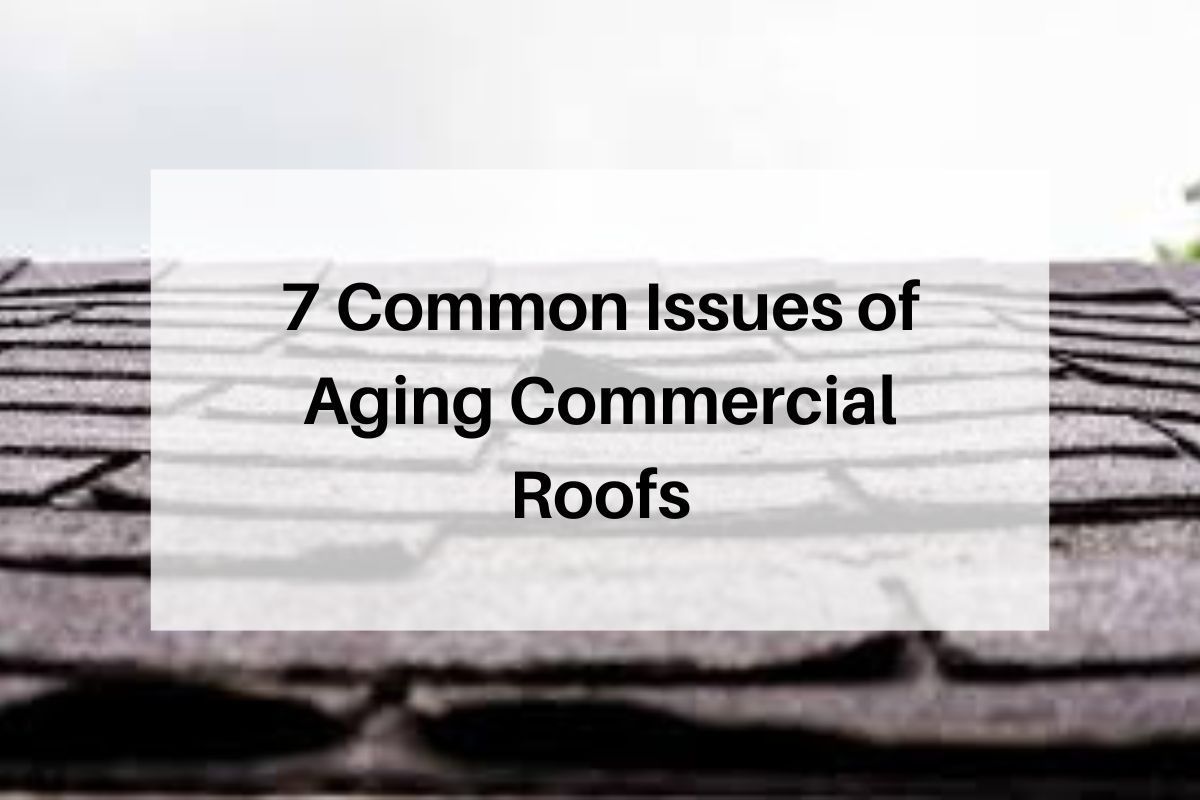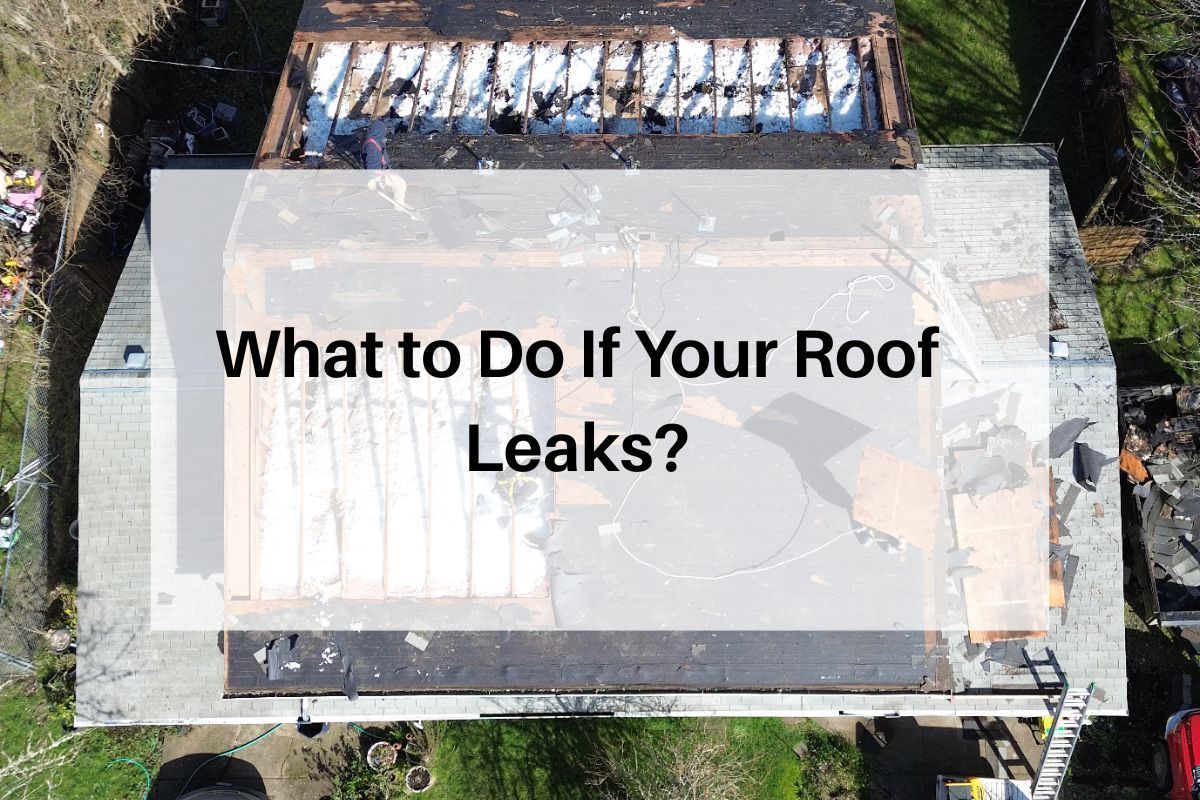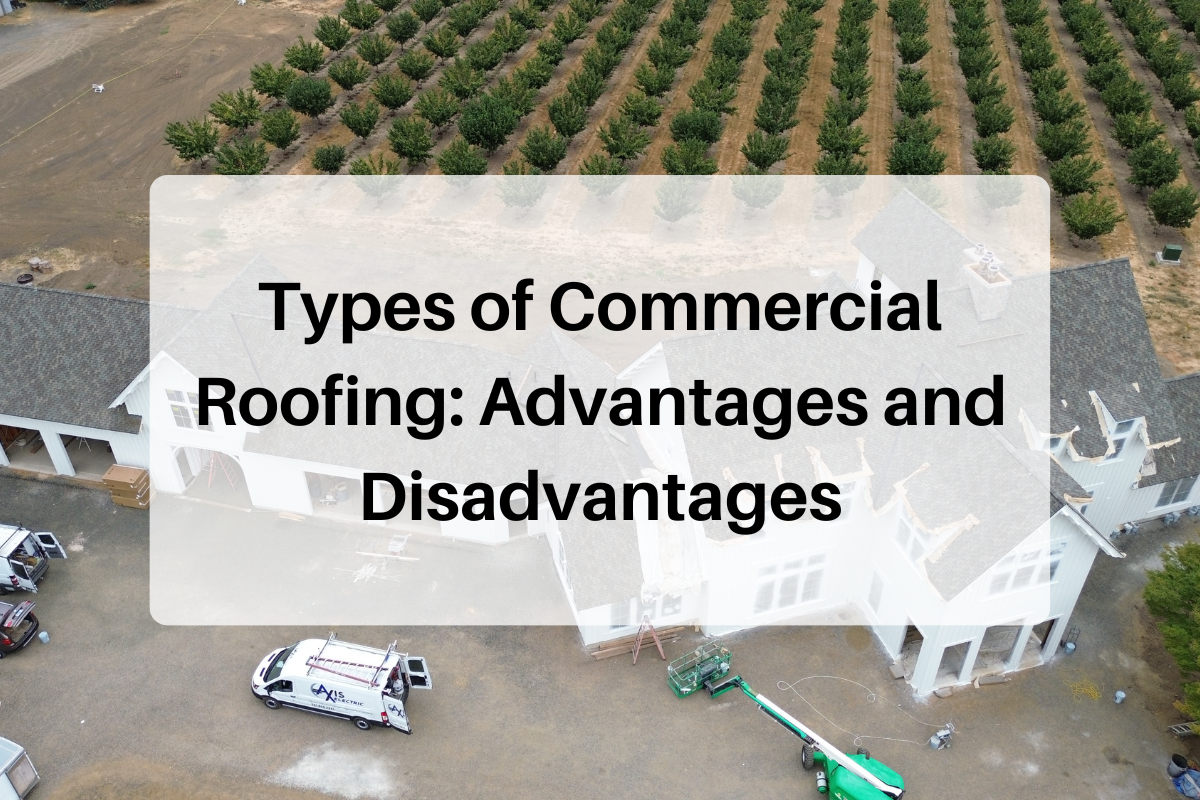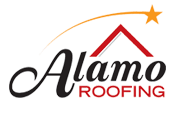What Are the Benefits of Roof Ventilation? Improving Airflow and Energy Savings
Proper roof ventilation is crucial for maintaining a durable and energy-efficient commercial roofing system, despite the fact that it is occasionally overlooked. The overall energy savings and structural integrity of your building can be greatly impacted by understanding how roof ventilation functions, including the usage of soffit vents, ridge vents, and gable vents. In this blog, we'll look at the advantages of roof ventilation and discuss some typical issues brought on by insufficient ventilation.

How Roof Ventilation Works
Soffit Vents
Soffit vents are installed along the underside of the roof's overhanging eaves. They allow fresh air to enter the attic, pushing out warm, moist air and preventing it from damaging the roof structure. The incoming cool air from soffit vents helps reduce the temperature in the attic, which prevents ice dams during winter and mold growth during humid months.
Ridge Vents
Ridge vents are installed along the peak of the roof, creating a continuous air channel along the ridge. Hot air naturally rises and escapes through these vents, promoting constant airflow within the attic. Ridge vents work effectively in combination with soffit vents, creating a balanced and efficient ventilation system.
Gable Vents
Gable vents are located on the sides of a gable roof, allowing hot air to exit from the attic. They are particularly useful when ridge vents are not feasible or sufficient to provide proper airflow. Gable vents facilitate cross-ventilation, ensuring fresh air is drawn in from one side and hot air is expelled from the other.
The Benefits of Proper Roof Ventilation
Extending Your Roof’s Life
Effective roof ventilation helps regulate temperature and moisture levels in the attic, reducing the risk of premature roof aging and deterioration. By preventing the buildup of excess heat and moisture, the structural integrity of the roofing materials is preserved, leading to an extended lifespan of your commercial roof.
Reducing Energy Costs
Proper roof ventilation can have a substantial impact on energy savings. A well-ventilated roof helps heat to escape during the hot summer months, lessening the load on air conditioning equipment. In winter, it helps prevent ice dams and reduces the strain on heating systems, resulting in lower energy consumption and reduced utility bills.
Health Benefits
By halting the growth of mold and mildew, adequate roof ventilation improves the quality of the air inside a building. Mold spores grow best in moist, stagnant conditions, which can cause respiratory problems and other health issues. For building occupants, you can create a healthier and more comfortable atmosphere by maintaining sufficient ventilation.
Enhanced Airflow and Indoor Comfort
Air can flow in and out of your commercial property continuously with the help of an effective roof ventilation system. It permits hot air that collects underneath the roof to escape during the hot summers, minimizing heat accumulation and preserving a cozy interior temperature. Proper ventilation in the winter decreases moisture and condensation, which can cause mold growth and structural harm. Improved ventilation not only makes the workplace more comfortable but also lengthens the life of your roofing materials.
Energy Savings and Reduced Utility Bills
Businesses in Corvallis, OR, often face extreme temperatures, and the reliance on heating and cooling systems can lead to high energy consumption. With proper roof ventilation, you can reduce the strain on your HVAC systems, as it helps regulate indoor temperatures naturally. You may drastically reduce energy use, slash energy costs, and improve your bottom line by reducing the need for constant heating or cooling.
Prolonged Roof Lifespan
Commercial roofing systems are exposed to various elements, including harsh weather conditions and UV radiation. Excessive heat buildup under the roof can accelerate the degradation of roofing materials, leading to premature wear and tear. With an adequately ventilated roof, you can disperse heat and minimize the risk of thermal damage, ultimately extending the lifespan of your roof. This, in turn, translates to fewer repair expenses and less frequent roof replacements.
Common Roof Ventilation Problems
Blocked or Insufficient Vents
The effectiveness of roof ventilation relies on unobstructed air passages. Over time, debris, dust, or insulation can clog vents, hindering airflow. Regular maintenance and inspection are essential to identify and clear any blockages to ensure optimal ventilation.
Improper Installation
Inadequate installation of vents can lead to inefficiencies in the ventilation system. Hiring a professional roofing contractor experienced in commercial roofing and ventilation is vital to ensure the correct placement and functionality of the vents.
Improper Roof Design
A poorly designed roof with insufficient ventilation provisions can lead to hotspots and uneven temperature distribution. When constructing or renovating a commercial roof, it's essential to consider proper roof design to accommodate the necessary ventilation components.
For building owners and occupants in Corvallis, OR, proper roof ventilation is a crucial component of commercial roofing and
roof repair. You may construct a roofing system that is more energy-efficient, cost-effective, and durable by being aware of roof ventilation and the various vent kinds that are available. Your commercial roof will stay in excellent shape and offer enduring protection for your property with routine maintenance and timely attention to ventilation problems.











Share On: